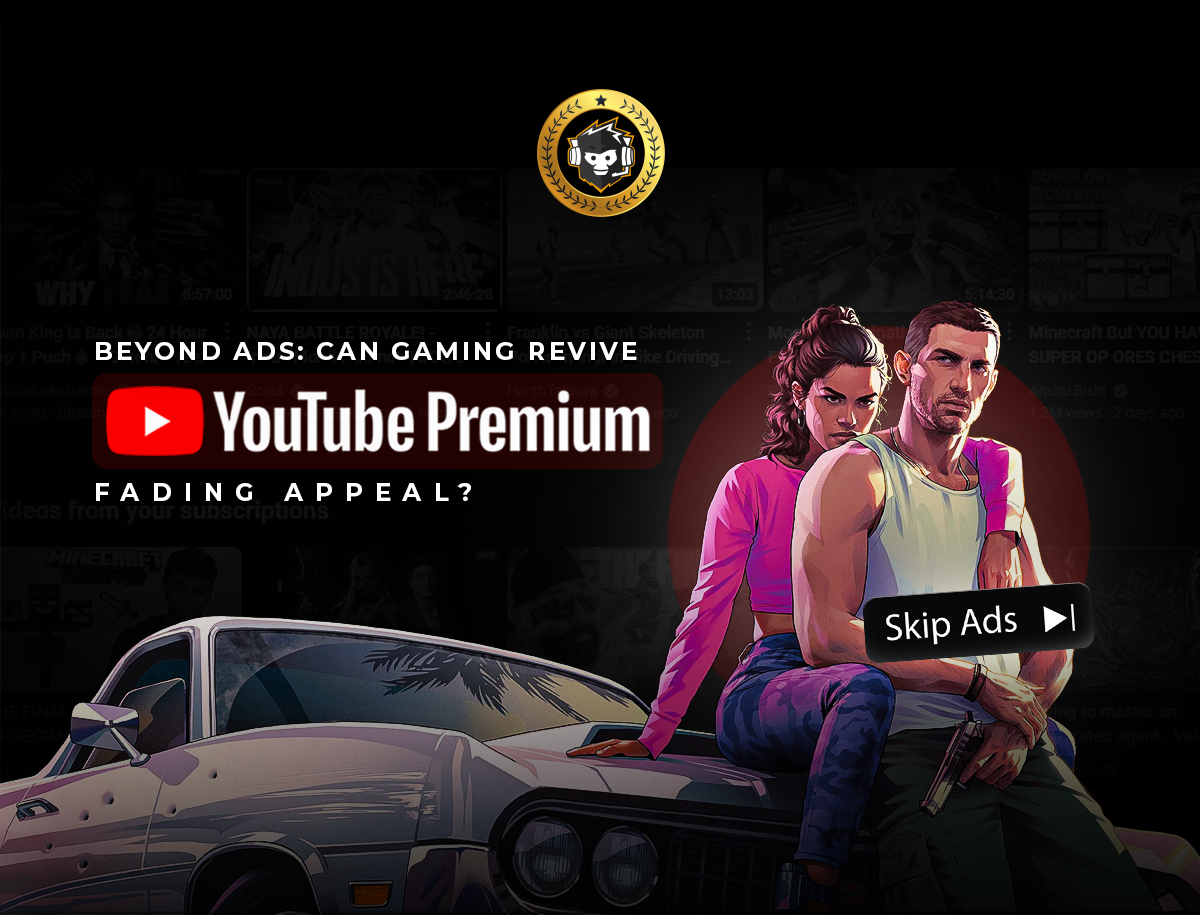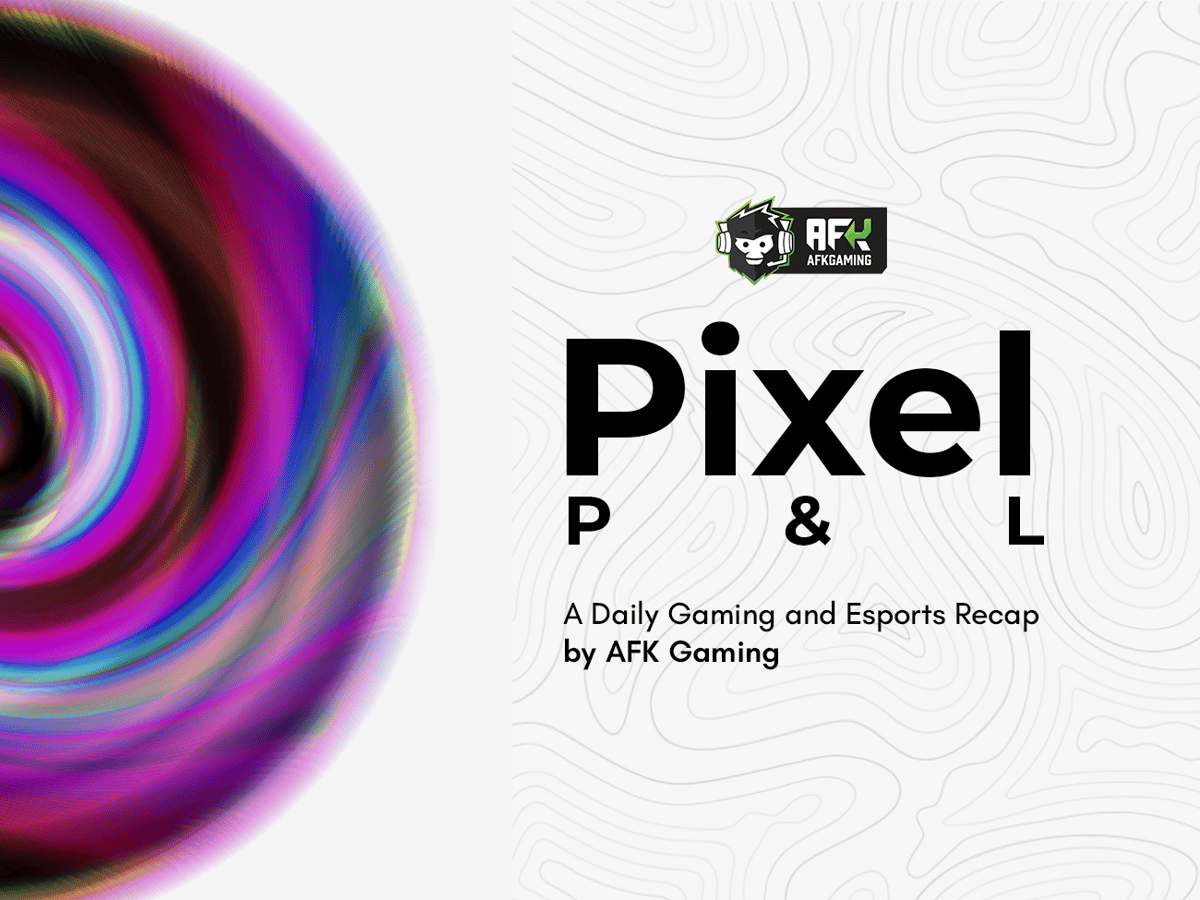Advertising remains the backbone of most content consumed online, with platforms like Google, Facebook, Reddit, LinkedIn, TikTok and X relying heavily on ads to provide free access to information. Google, which was originally known as a search engine, has since become the world’s largest advertising company. In its Q2 2024 earnings report, the tech giant revealed that.
As part of an ongoing effort to protect that revenue stream, Google has stepped up its crackdown on ad-blocking tools. A recent update to Chrome’s extensions framework disabled many popular ad-blockers, tightening the company’s control over ad-supported content. One of the main areas affected is YouTube, one of Google’s most prominent subsidiaries.
YouTube has taken a tough stance against third-party apps like Revised that allow users to bypass ads. In a recent policy change, the platform announced that users who employ ad-blockers will face restrictions on the number of videos they can watch. The ultimatum is clear: Disable the ad-blocker or subscribe to YouTube Premium, the company’s $13.99 per month ad-free service.
“We’re strengthening enforcement on third-party apps that violate YouTube’s Terms of Service, including ad-blocking tools.” , “Viewers using these apps may encounter buffering or error messages. Ads are essential to supporting creators and making YouTube free for billions of people. For those wanting an ad-free experience, YouTube Premium is available.
The balance YouTube is striking between ad revenue and pushing users toward its paid subscription service is becoming increasingly delicate. Free users are experiencing more frequent ads, with reports of two 30-second ads appearing before the video and ads playing even when the video is paused. This creates a more frustrating experience, which is likely intended to encourage a change to YouTube Premium.


